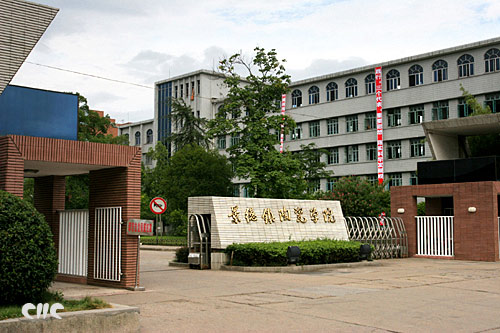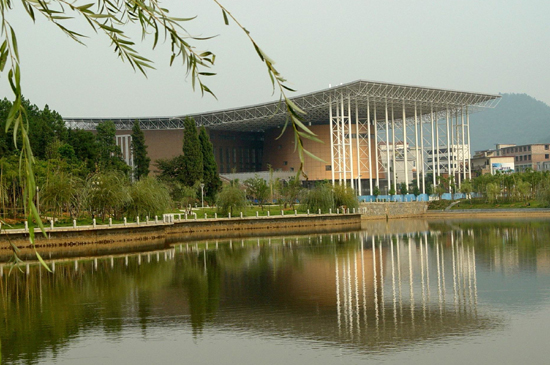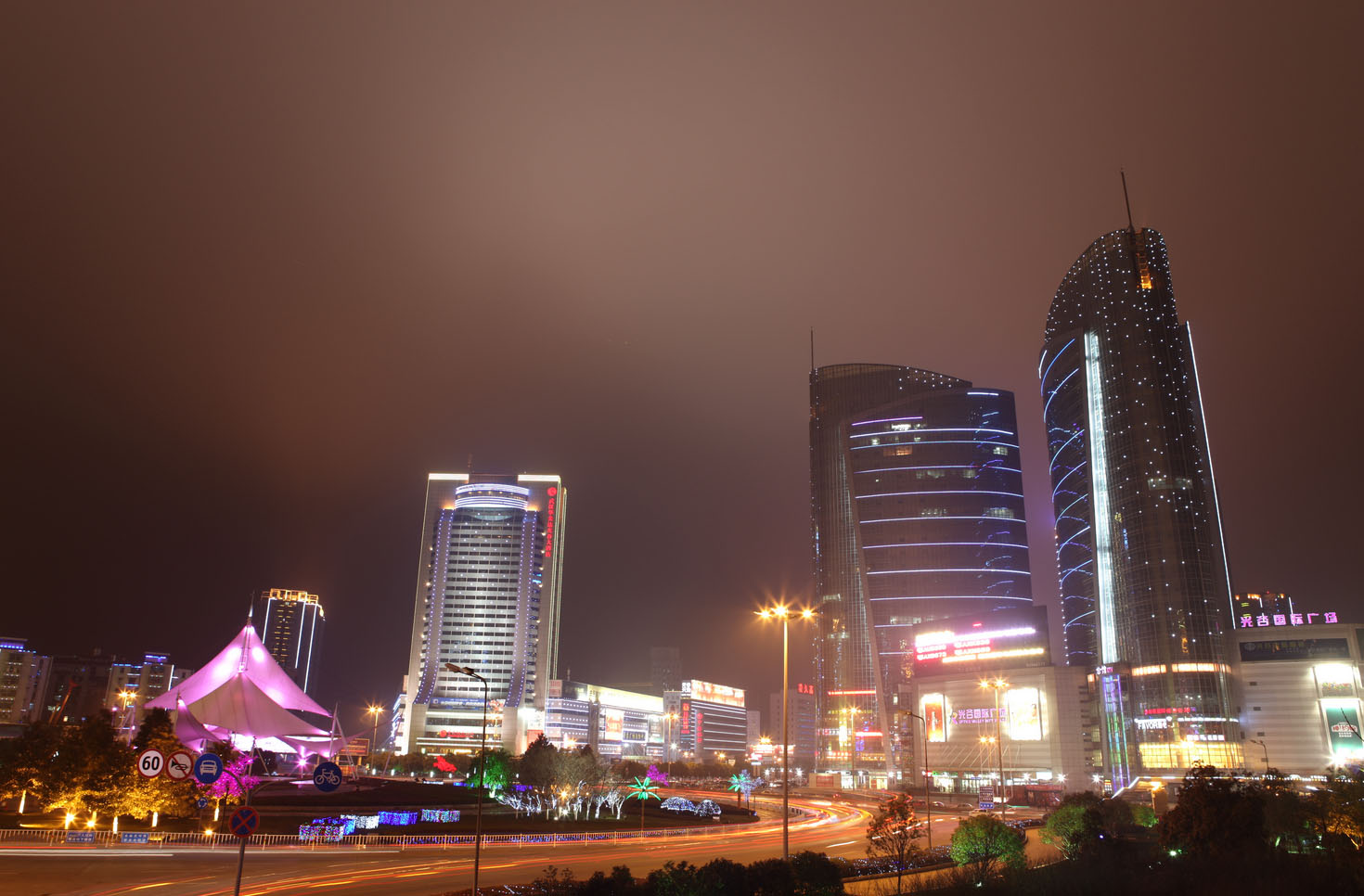 Co-organizer
Co-organizer
The Huazhong University of Science and Technology (HUST) is a national key university directly under the administration of the Ministry of Education of P. R. China, and is among the first Universities joining the national "211 Project" and "985 Project". It was founded on May 26, 2000 as a result of the merger of the former Huazhong University of Science and Technology, Tongji Medical University and Wuhan Urban Construction Institute.
At present, the University has eleven disciplines: engineering, medicine, management, science, philosophy, economics, law, education, literature, history and agriculture, offering a variety of degree programs, including 86 undergraduate programs, 303 graduate programs, 237 PhD programs. There are 31 post-doctoral research centers, 7 national key disciplines, 15 national key subdisciplines.
HUST covers an area of over 1,153 acres with picturesque environment, elegant surroundings and has 72% greenery coverage, which has been honored as the "University in the Forest". It offers its students and staff first-class logistic service, efficient network service and abundant library resources. HUST has also entered into partnerships with more than 100 renowned universities and research institutions. Annually over 100 famous scholars and experts come to visit HUST and give lectures.
Now the University has over 1,000 professors and 1,300 associate professors, including 24 academicians, 65 professors receiving funds from the Cheung Kong Scholars program, 36 winners of National Science Fund for Distinguished Young Scholars, 36 listed in the "National Talents Project' and 135 young scholars listed in "New Century Outstanding Talents Project" of the Ministry of Education. In recent years, with the implementation of "New Century Education Reform Project", HUST has built up a course system based on such major disciplines as information, mechanics, civil engineering and environmental studies, electrical engineering, medicine, management, humanities, etc. It has greatly promoted the reform of credit system and English learning program for non-English majors, strengthened its education base and practical education reform, and built 13 student innovation bases.
As a university taking the lead in promoting quality education, HUST established the national base of quality education and the system of quality education with a distinctive character, and has been sponsored over 1,200 lectures to expand students’ knowledge of liberal arts and humanities, which is renowned both home and abroad.
HUST also holds science festivals, cultural festivals and various campus culture activities in order to build up a distinctive atmosphere of humanity, culture and education.
In recent years, with growing social impact, HUST has enrolled more high quality students. HUST graduates have been enjoying popularity among employers in the job market, and the employment rate has reached above 95%.
During the construction of "211 Project" and "985 Project", HUST has broken traditional discipline boundaries, integrated multi-disciplinary resources, played an active role in developing the national innovation system, built the high level and cross-disciplinary scientific innovation platform, and the innovation base of philosophy and social science. Meanwhile, all the 11 innovation platforms are under full development, including Wuhan National Laboratory for Optoelectronics, the base of digital manufacturing of equipment and technology, the base of gravitation research, the base of transplantation medicine, the base of environment and health, the base of national defense science and technology, as well as the philosophy and social science base featured with "scientific development and humanism".
In accordance with the policy strengthening a coordinated development of both basic research and applied research, HUST founded a three-level vertical system of scientific and technological innovation, including a basic research level with national & provincial laboratories as its core, a hi-tech research level with the national engineering research center as its leader, and a technological development level with the national technology transfer center and the joint laboratory as its pillar.
Nowadays, the Wuhan National Laboratory for Optoelectronics, supported by HUST, is now under full construction. Meanwhile, the pulsed high magnetic field facility, which is a major science and technology infrastructure project, has been approved. Besides, the University has four national key laboratories, two national specialized laboratories, one key national defense laboratory, one national engineering laboratory, thirty-seven provincial key laboratories, three key laboratories of the Ministry of Education (Level B), six national engineering(technology) research centers, eight provincial(technology) research centers, three cooperative research centers of the Ministry of Education and four provincial humanities and social science research bases.
Although the HUST did make a great progress in the past, it will keep on stepping forward with full vigor and vitality, aiming to gain its name as a world top-ranking university and create a brilliant future.
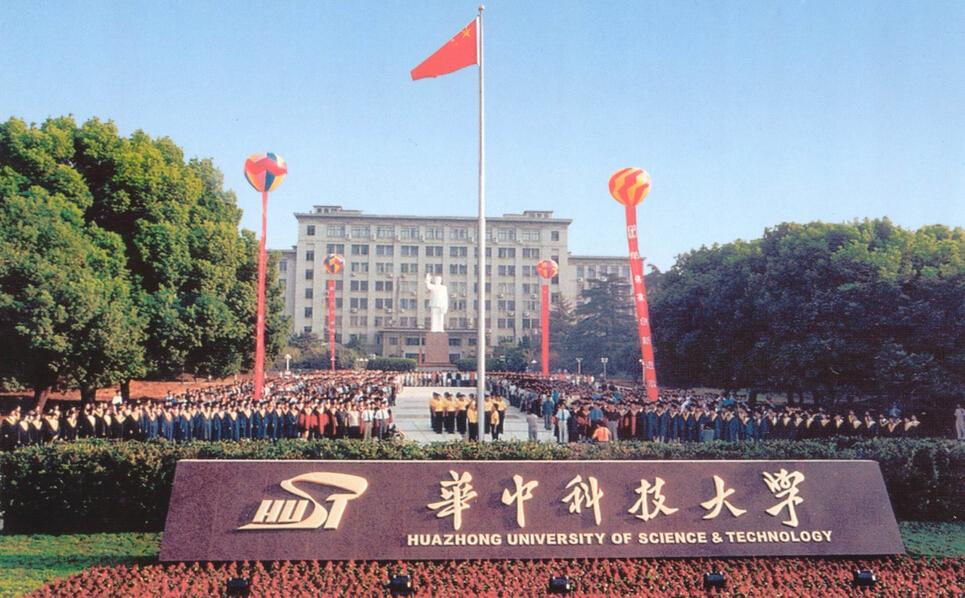
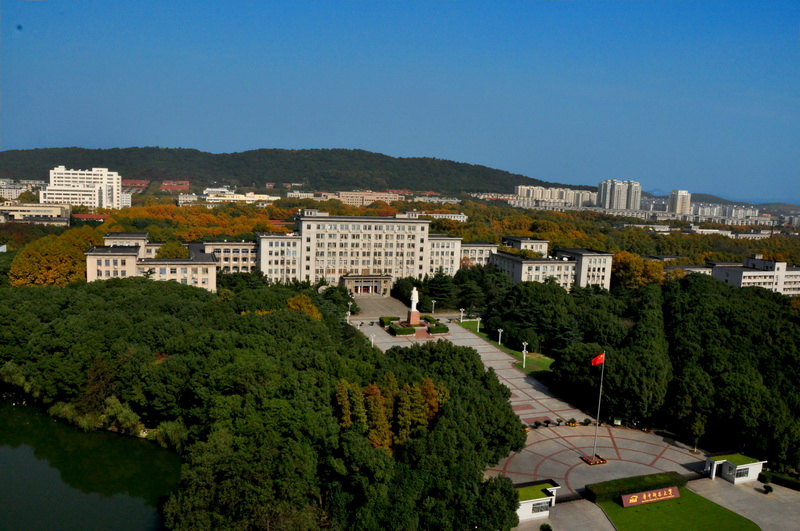
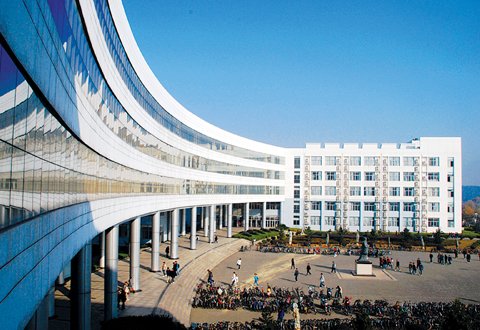

Jingdezhen Ceramic Institute, founded in 1958, is China's only multi-disciplinary, full-time ceramics featuring colleges and universities, in 1984, a master's degree approved by the state authorized.
College is located in the world-famous ceramic with a deep cultural accumulation of historical and cultural city - China Jingdezhen porcelain. The old and new school campus covers an area of 1517 mu, building area of 420,494 square meters, beautiful environment, beautiful scenery. College of the existing faculty more than 1,200 people, of which 114 are professors, associate professors 275, there are a number of experts enjoying special government allowances.
The College has a number of teaching faculty, a College of Humanities, a Science and Technology Institute of the Arts and an Adult Education College, more than 20 undergraduate programs. Teaching and research facilities, complete, advanced and with modern computing center, audio-visual center, language laboratories and CAD laboratory, with a number of advanced analytical instruments, laboratory equipment, with multiple modern multimedia classrooms and language lab, library construction area of 11,893 square meters, collection of 1.028 million, more than 9,400 kinds of periodicals in foreign languages, and is equipped with computer query retrieval system.
School focus on strengthening national and international academic exchange activities, with many domestic and foreign universities and research institutes to establish a cooperative relationship. Jingdezhen Ceramic Institute has been hailed as domestic and foreign counterparts distinctive schools, for which the College has won a number of excellent opportunities for exchanges with foreign countries, through the study, lectures, exhibitions, etc. have with Japan, the United States, Britain, Canada brought great , Finland, Russia, Belarus, Ukraine, France, Germany, Korea and other countries 17 universities, has established inter-school relations. College also has in recent years, with South Korea Wonkwang University, Kyonggi University, Japan, Tomoda ceramic University, United States A Fred University, West Virginia University, Canada Nova Dakota College of the Arts co-sponsored the China Ceramics International Summer Learning Institute on a regular basis of international students enrolled in each college must send the exchange of undergraduate and graduate students go abroad to study, college enjoys a high reputation at home and abroad.
College of publication and distribution at home and abroad, "Chinese Ceramics", "China Ceramic Industry", "Chinese Ceramics", "Ceramics Journal" and other famous domestic ceramic community newspapers, including "Chinese Ceramics" is the only Chinese ceramic industry, the core of journals, "Ceramic Journal" is the core of China Science and Technology Journal, "Chinese porcelain", "China Ceramic Industry" and "Ceramic Journal" magazines such as American Chemical abstracts were included.
College since its inception, always adhere to the party's education policy, adhere to the socialist orientation, and improving the quality of education and training of qualified personnel the first place, in order to train a large number of China's ceramic industry ceramic industry expertise, production of China's ceramic industry and ceramic contributed to the development of art. Practice in the school, the College gradually formed a "unity, diligence, realistic, and progressive" good ethos. At present, the College is seizing the opportunity, deepening reform, accelerating development, based on domestic, facing the world, in order to build itself into line with requirements of the times, rich Chinese characteristics, full of vigor and vitality of socialism of the new university of the party.
